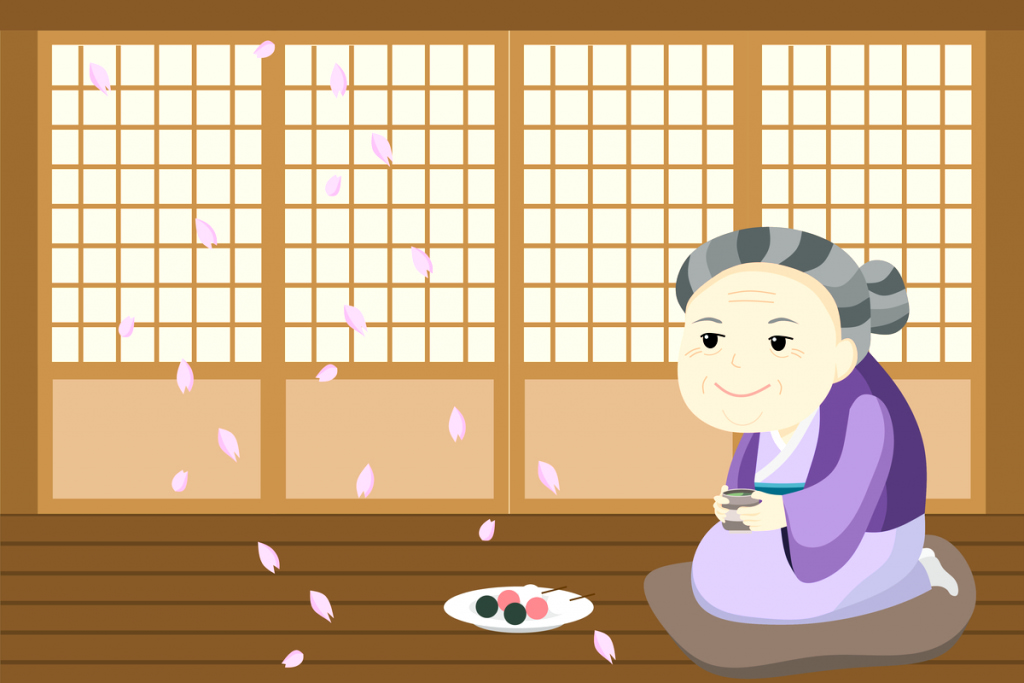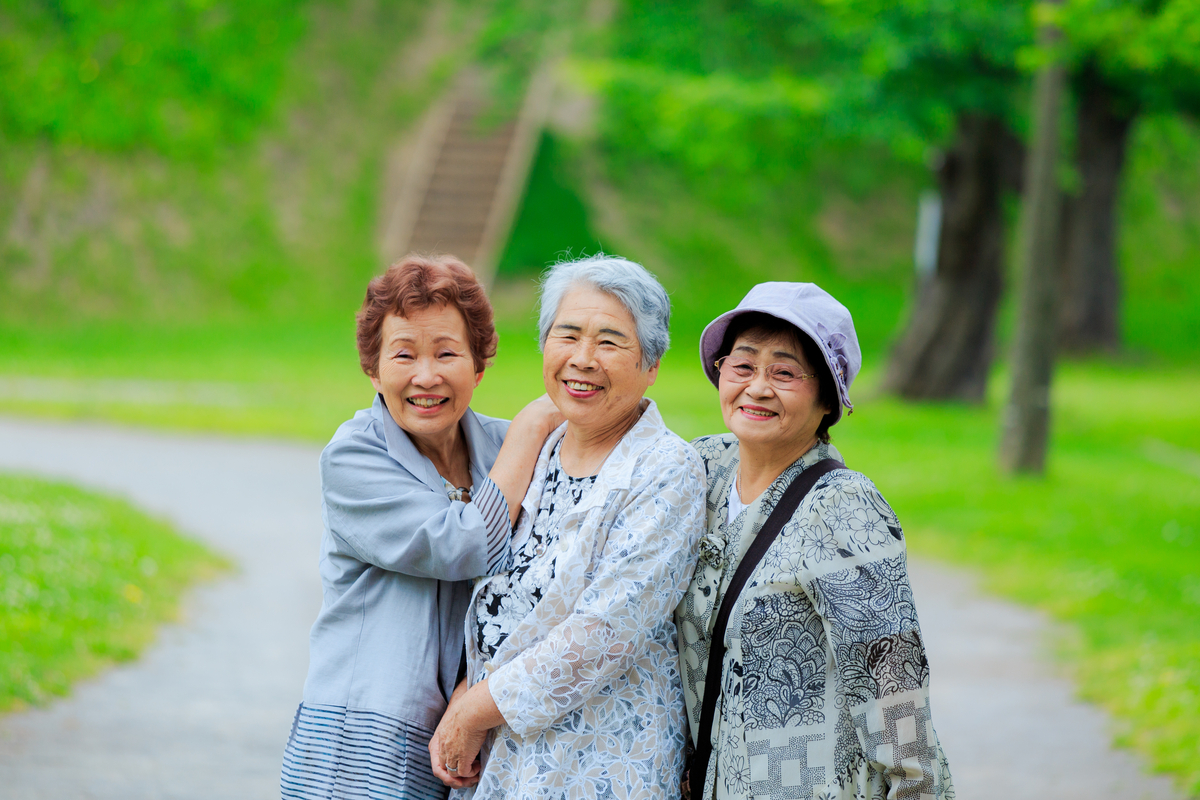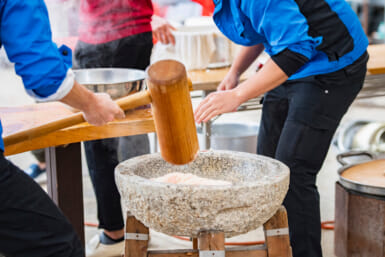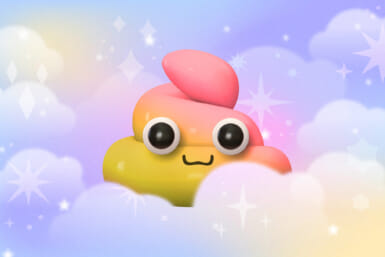Much as filial piety is considered a big deal in Japan, Keiro no Hi (Respect for the Aged Day) is surprisingly a relatively new holiday. It’s (also surprisingly) the only one dedicated to the silver-haired population. On the other hand, children, being admittedly the voices and hope of the future, have both Children’s Day in May and, if they’re the appropriate age, they are also celebrated in November for Shichi-go-san. Young adults also get their day to shine on Seijin no Hi.
Along with the rest of the developed world, Japan sees a shift in population dynamics as the average age is gradually increasing. There are over 80,000 people over 100 years old in Japan now and more than 88% of those are women. The oldest person in Japan — and in the world as of present — is said to be Fukuoka-based Kane Tanaka, who is a staggering 117 years of age. (Fun fact: she was born the same year the Wright Brothers took their first flight.)
Celebrated annually in September, with this year falling on September 20, Keiro no Hi is a day of paying respect to the elderly and being grateful for the wisdom and experience they have given us.
Keiro no Hi: What it is and Who it’s for
Keiro no hi is written in Japanese as 敬老の日, which directly translates into “Respect for the Aged Day.” As the name implies, this holiday is a day to stop for a moment and reflect on how the older generations have paved the way for us. Those we celebrate can be relatives or people in the neighborhood, or just the elderly in general. It’s also a good time to show compassion for those older than us.
View this post on Instagram
Although there are no set rules on the “starting age” for Keiro no Hi, these days, 60 years old is considered a little too young to be celebrated. Generally, one of three conditions is considered sufficient to be a silver-haired celebrant: they have reached 70 or 80 years of age, have at least one grandchild, and have permanently retired from work.
Keiro no Hi: The Origins
As a national holiday, Keiro no Hi has a relatively short history. It was initially known as 年寄りの日 (Toshiyori no Hi / Elderly People’s Day), which, while straightforward, didn’t perhaps give off the right vibe. This was first a local celebration in (what is now) Taka town in Hyogo Prefecture, starting in 1947, just after the end of World War II. The mayor, Masao Kadowaki, believed that people should look up to their elders (those 55 and over) for guidance after the chaos and hardship of the war. Toshiyori no Hi was renamed Keiro no Hi and became a national holiday soon after, in 1966.
Keiro no Hi: The Original September 15 Date
Though Japan celebrates Respect for the Aged Day on the third Monday of September, until 2003, it was always on September 15. There are a few theories as to why this date was chosen:
The Legend of Yoro Falls
Legend says that a young man, who had an ill father at home, went out to search for firewood. Along the way, he encountered Yoro Falls, but noticed that the water transformed into sake. He filled his gourd and took it home to his father, who drank it and was miraculously cured. Yoro Falls was a fountain of youth and purveyor of furouchouju. This story was said to inspire Taka town mayor Masao Kadowaki to choose the mid-September date (along with the fact that farming was winding down for the year so they needed something to celebrate) but research into the Shoku Nihongi (an ancient imperially commissioned history text) shows that the Yoro Falls event supposedly happened in October.
Prince Shotoku and The Heavenly King Temples
Prince Shotoku (574-622) was a legendary regent credited with commissioning several Buddhist temples during his life, but most notably Shitennoji, in what is now Osaka Prefecture. He also established four social welfare institutions: Keita-in, Saden-in, Shiyaku-in, and Saoto-in, named after the four heavenly kings. Saden-in was akin to what we would now call a home for the aged, and since Sadahin (the namesake for Saden-in) was born on September 15, that was the date chosen.
Keiro no Hi: How to celebrate it
As Respect for the Aged Day is always on a Monday, it gives most people a long weekend — a perfect chance to organize get-togethers with relatives. Many make sure to spend time with loved ones and go out for dinner, while others may send seasonal treats — anything from Japanese sweets to gift sets of beer — or flowers, or give them a call to show they are thinking of them. Some would present illustrated portraits to their grandparents or parents or others they wish to celebrate.
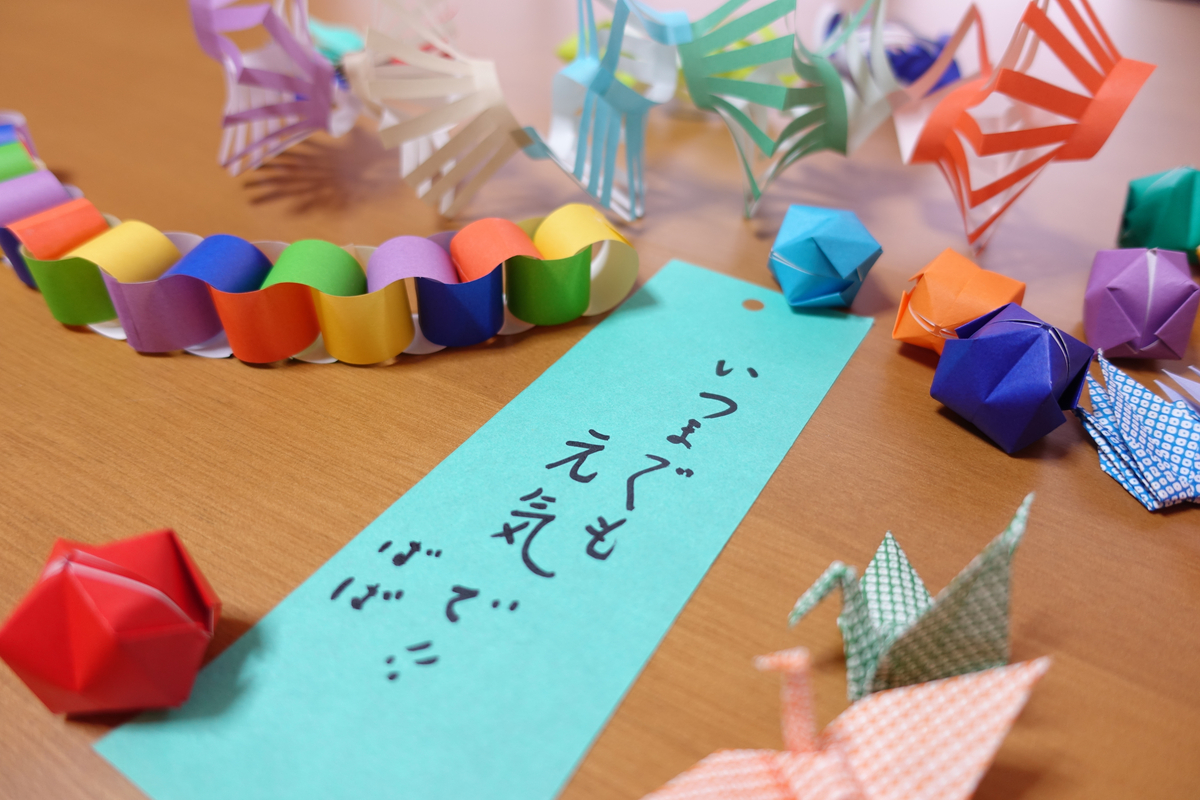
A hand-written message that reads: “May you always be well, grandma!”
For those of us without much family nearby, it’s also an opportunity to volunteer at aging care homes or within our local communities. While the Covid-19 pandemic makes this last option difficult this year, staying in touch via phone or video call can mean a lot to those who are miles away.
Our Favorites
The following are a few articles on elderly Japanese we have either had the pleasure to meet in person or write about throughout the years. Today, we are celebrating them as well!
-
Photo Story: Meet Japan’s Most Stylish Grandpa, Silver Tetsuya
- “It’s The Small Things That Give Me Hope”: A Conversation With 89-Year-Old Japanese Poet Masao Ogatsu
-
A Photographer Documents His Unlikely Friendship with a 90-Year-Old Japanese Calligrapher
-
Iconic Japanese Wedding Dress Designer Yumi Katsura: Still Making Dreams Come True at 87 Years Old

